Industry 4.0: from talk to action
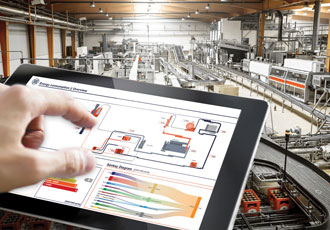
The results of an Industry 4.0 study by PwC show that manufacturers intend to invest five percent of their revenue on digitisation by 2020. The most substantial part of the $907bn investment will be spent on digital hardware like sensors and Human-Machine Interface (HMI) panels - but what about the software that brings this equipment together?
Stefan Reuther, Chief Sales Officer of industrial software expert, COPA-DATA, explains the importance of using cutting-edge software in industrial facilities and the risks of using outdated systems.
To reap the rewards of Industry 4.0, manufacturers must embrace Cyber-Physical Systems (CPS) - the integration of Operational Technology (OT) and intelligent software. However, according to the Annual Manufacturing Report 2017, 75% of manufacturers do not feel they have a sufficient understanding of Industry 4.0 to begin this transition.
Smart software, smart decisions
Software is the driver of the Fourth Industrial Revolution. To prepare facilities for Industry 4.0, implementing software should be a priority. However, unlike traditional Manufacturing Execution Systems (MES), software for the smart factory is much more sophisticated.
Regardless of an increase in connectivity on the factory floor, humans remain the decisive factor. Manufacturers want software that can acquire and analyse production data in real time, visualise this information in an intelligible format and, ultimately, help their employees make better business decisions based on this data.
Avoiding integration headaches
According to the Bureau of Economic Analysis, the average age of manufacturing equipment is close to 20 years old. What’s more, due to the increasing problem of obsolescence in industrial equipment, typical factory will include hardware from a variety of different manufacturers.
Manufacturing facilities do not require an overhaul of equipment to integrate new software. To avoid the headache of integration, manufacturers should opt for hardware-independent software.
COPA-DATA’s zenon, for example, provides over 300 native communication protocols. This ensures the software can be integrated seamlessly, regardless of the age, vendor or communication standard of the equipment involved.
Continuous security
Discussions on Industry 4.0 and factory connectivity will almost inevitably lead to debates on industrial security. Despite the perceived hysteria on this topic, just 36% of respondents to the Annual Manufacturing Report expressed concerns over cyber security when implementing or using software in the factory.
Often, operational technology has been in action for more than two decades, and is only now being connected to the Internet. Naturally, using outdated operating systems to enable this connectivity makes the entire production and the data produced by its operations vulnerable.
As the manufacturing industry enters Industry 4.0, industrial software should uphold the same security standards as information technology - encrypting communications, ensuring binaries are signed and developing regular updates and security patches to ensure software remains one step ahead.
Behind the factory doors of the world’s industrial and manufacturing companies, a significant digital transformation is underway. In fact, PwC’s Industry 4.0 study states that 72% of companies believe they will achieve advanced levels of digitisation by 2020. Making the transition to smart manufacturing is no easy feat - but the first step will always be software that can communicate with any legacy system.
Similar articles
More from COPA DATA UK LTD
- Secure architectures in smart factories 1st March 2021
- Automation trends: 6 steps to the connected factory 4th February 2021
- Ensuring security in developed production plants 7th December 2020
- Can software solve manufacturing's great planning crisis? 4th November 2020


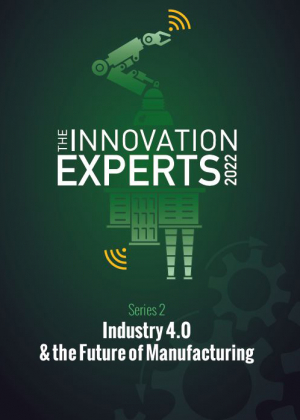
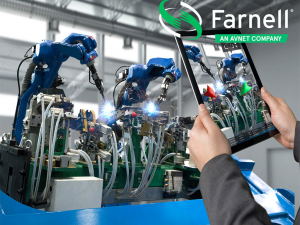
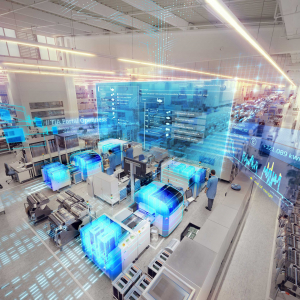
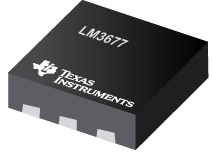

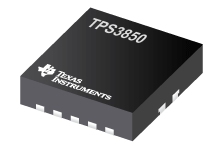
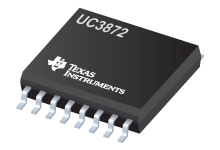

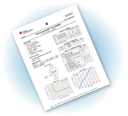

Write a comment
No comments